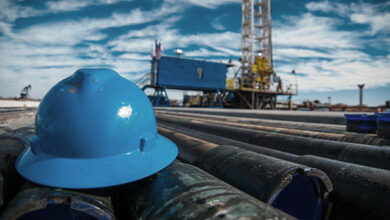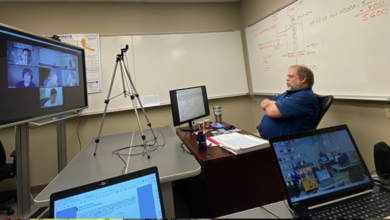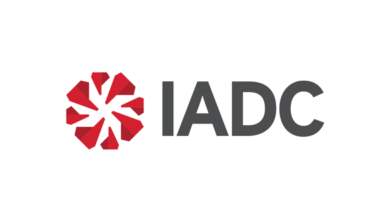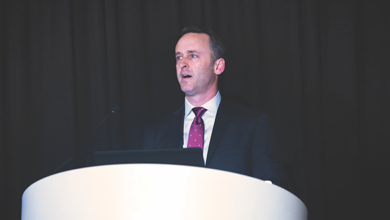Drilling & Completion Tech Digest
Automated well control technology successfully field tested
Safe Influx completed a field trial of its automated well control system in October 2019 on a Weatherford land rig in Aberdeen.

With funding support from Oil and Gas Technology Centre, the Drilling Module was implemented and proven in the field. The system was interfaced with a traditional land rig and performed automated well control, i.e. influx detection, spacing out, stopping of the mud pumps, stopping of the top drive and then shutting-in of the blowout preventer.
With this field trial completed, the company is now planning to engage with operators and drilling contractors to perform extended field trials on both modern cyber rigs and traditional rigs operating in the North Sea.
Intervention campaigns completed in Ghana
Enpro Subsea recently completed two subsea hydraulic intervention campaigns for two operators in West Africa. In the first campaign, Enpro’s team delivered scale squeeze operations on five subsea wells via a modified choke insert in 1,800 m water depth. The second campaign utilized the same vessel and hardware and included acid stimulation operations via a hot stab connection onto another five wells at 1,300 m.
OneSubsea to supply 20,000-psi subsea system
In December, Schlumberger announced that OneSubsea will supply Chevron with an integrated subsea production and multiphase boosting system for the Anchor field in the US Gulf of Mexico. This will include the supply of vertical monobore production trees and multiphase flowmeters rated up to 20,000 psi. Also included are production manifolds and an integrated manifold multiphase pump station rated to 16,500 psi, subsea controls and distribution.
Jetting system used for stimulation in North Sea
Fishbones recently deployed its jetting system in the Danish North Sea, installing 56 subs and 224 jetted laterals. The well consisted of a thin, layered chalk formation with a need for increased wellbore radius. At a distal of 6,000 ft, in a horizontal section that was beyond the reach of coiled tubing, a 4.5-in. liner with 56 subs was designed for the project. The system was deployed on a work string starting at 16,820 ft.
For the Fishbones jetting system, the liner string is run in as normal. Subs are spaced out at even intervals to be deployed at depth. Through pressure differentials across the liner, small-diameter tubes jet out to penetrate the reservoir. High-pressure fluid jets away the formation through a combination of erosion and acid chemical dissolution. At full extension, achievable penetration is typically 40 ft.
West Mira receives Battery class notation
The Seadrill-operated West Mira semi has become the first rig in operation to be awarded the DNV GL Battery (Power) class notation. The sixth-generation ultra-deepwater rig features a low-emissions hybrid-power plant with a battery energy storage system. By using four converter battery systems on the rig, Seadrill estimates the runtime of the rig’s on-platform diesel engines will be reduced by 42%, CO2 emissions cut by 15% and NOx emission by 12%.
Valves inspected and repaired without divers, ROV intervention
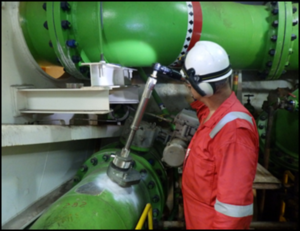
EM&I recently deployed its ODIN valve inspection and repair technology on a drillship in Angola to inspect 21 valves and repair three of them. This was done while the rig was on station and on riser, and without diver or ROV intervention.
The technology uses cameras and manipulators that are inserted through access ports, which are installed adjacent to the valves to be inspected.
In the Angola project, three valves and the associated piping were repaired by double isolating the valves with a remotely inserted inflatable bladder isolation system. EM&I estimates that by not having to come off hire or mobilize a dive team, the client saved more than 50% of the costs, as well as 70% of the POB requirement.

